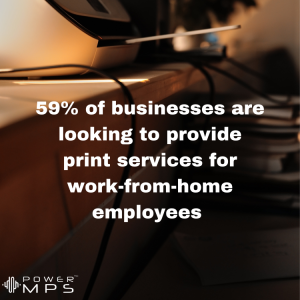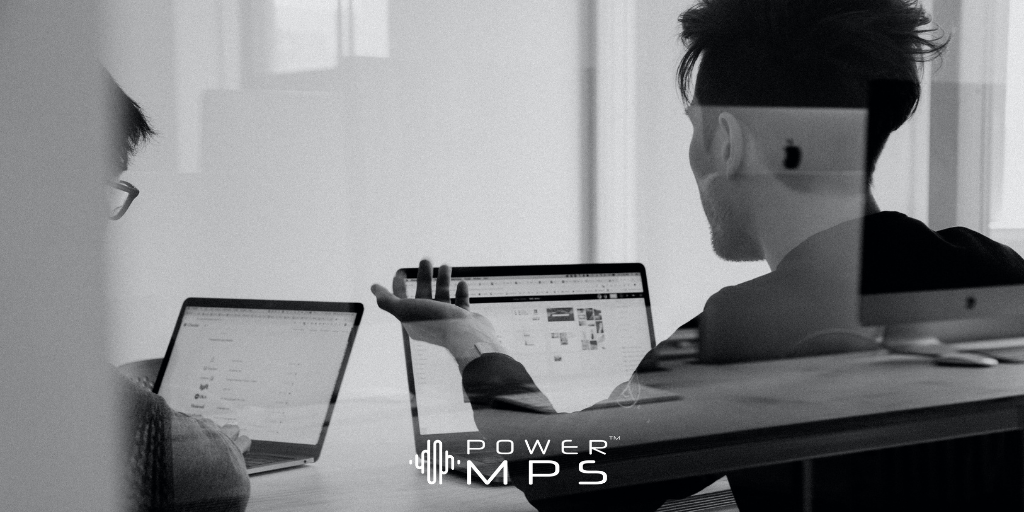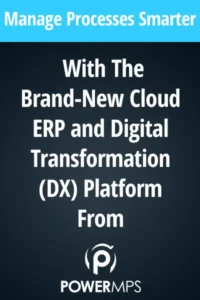If the COVID-19 response has taught us anything, it is that many businesses can be just as efficient with a remote workforce as from an office. Yet, despite this knowledge, working from home is not the ideal situation for everyone. In January, a Gallup poll of US workers currently working remotely found just under half (44%) would prefer to continue working from home.
But business trends have been steady since mid-last year, allowing individuals to split office and remote work time. And most businesses that have announced a post-pandemic work model are focused on creating a hybrid workforce and offering more work-from-home opportunities for employees. But, of course, this pivot to encompass work flexibility means a great deal of change to the technology, supplies, and services required for standard office operations.
Hybrid work means more employees need the ability to take their workspace home with them. This will significantly reduce the demand for desktop computers. However, there may be an increase in requirements for monitors and docking stations to provide similar interfaces for both the remote and in-office workspaces. But one thing many companies have begun to realize is the added cost and logistics of delivering printing access to their remote workforce.
Printing And The Hybrid Office
Office printing in the pre-COVID era was all about big, full-function network printers. Now, with a more significant portion of the workforce operating remotely, either part-time or full-time, those large machines cannot service the entire business. Faced with this dilemma, companies must look for workable solutions.
 For their Hybrid workers, those working at least a portion of their time in the main office, new functionality for the standard network printers may be enough. In addition, the latest systems can offer remote printing capabilities. Remote workers can queue documents to print in the office, which they can pick up later.
For their Hybrid workers, those working at least a portion of their time in the main office, new functionality for the standard network printers may be enough. In addition, the latest systems can offer remote printing capabilities. Remote workers can queue documents to print in the office, which they can pick up later.
Coupled pull-printing, a process that holds a print job until a specific user permits the job to execute, employees can ensure their documents are printed, safe, and ready for use when they need them.
On the other hand, fully remote workers have fewer options for reliable and secure printing. Over half (59%) of US businesses are looking into providing printing devices to their work-from-home employees. Fifty-five percent have already begun taking steps to arrange for home printing devices.
However, unsecured consumer printers can pose potential security threats for the business and often lack the speed and capabilities required. The solution is providing network A3 or A4 printers for remote workers. These machines can be linked to the employee’s other equipment and utilize the VPN connection.
Printer Services – The Better Option
No matter what solution a company selects to deal with their changing office dynamic, there will be growing pains such as unexpected costs, security concerns, and potential supply issues. But working with a Managed Print Service (MPS) business can help alleviate these problems. Here are five reasons printer services are a better option for the new hybrid office.
1: Control Printing Costs
New technology means additional capital expense, whether in advanced main office printers to facilitate remote printing functionality or adding more remote A3 and A4 devices. Then there is the additional cost of acquiring ink, toner, and paper – for the new in-office printers and any remote devices. Where is it stored? How is it shipped? And what about printer troubleshooting, service, and maintenance? More advanced in-house technology creates a potential learning curve for employees.
A more significant number of remote devices could also mean more issues. In both cases, the result is an influx of calls to IT with concerns about paper jams, equipment malfunctions, and driver update problems. All these issues lead to more money spent on shipping, storage, purchasing, and IT time.
MPS programs can resolve these concerns through a variety of solutions. Many printer service businesses offer leasing options for large and remote office printers, including the now sought-after A3 and A4 models. As the owners of the printers, MPS provide helpdesk, maintenance, and service to help maintain the machines and ensure their correct operation. Their market presence and experience also provides the ability to maintain service and consumables for both central office and remote locations. Partnering with an MPS means a lower cost of ownership, predictable expenditures, and reliable service. It is estimated that businesses that partner with an MPS can reduce printing costs up to thirty percent.
2: Better Print Security
Consumer printers can pose additional risk for companies allowing employees to work remotely due to their functional simplicity. These inexpensive machines are designed to handle basic home printing use rather than sensitive business documents. Their security measures also lack full definition, and they are incapable of being correctly networked for remote monitoring and control. However, their link to any company hardware through a USB port or wi-fi creates potential pathways for bad actors.
Partnering with an MPS to provide business-standard network printers to both the company’s primary and remote offices ensures a more secure interface throughout the business. MPS fully control each printer’s set-up and interface with company equipment. In addition, the machines utilize secure VPN and encrypted pathways to help stop criminals from using the printer as a backdoor and protect their business partners to the fullest.
3: Printer Monitoring And Management
IT has a lot on its plate already. Adding a small fleet of remote printers to their docket is only going to eat into their already busy schedule – leading to either delays for employees needing to print or issues with other outstanding projects.
MPS partners can reduce the IT workload – monitoring machines for levels of activity and detecting problems as or before they happen. For example, consumables tracking helps alleviate issues of ink, toner, and paper shortages. Error notifications allow technicians to remote into printers and resolve some issues quickly, often before they are even noticed. And, should something go seriously wrong, MPS can notify employees and allow users to redirect to alternative printers while they finalize maintenance.
Remote work and hybrid offices may be the way of the future post-COVID. However, they do not have to produce added strain on a business’s IT department or finances. Partnering with a reliable printer services provider can help manage risk, reduce expense, and provide a better experience for employees.







